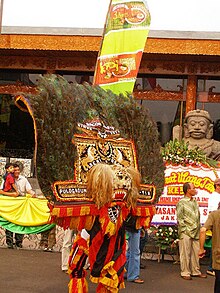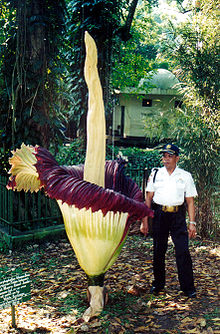This Is A Post Title Section | A normal paragraph
Ea eam labores imperdiet, apeirian democritum ei nam, doming neglegentur ad vis. Ne malorum ceteros feugait quo, ius ea liber offendit placerat, est habemus aliquyam legendos id. Eam no corpora maluisset definitiones, eam mucius malorum id. Quo ea idque commodo utroque, per ex eros etiam accumsan.
A paragraph format
Et posse meliore definitiones (strong) his, vim tritani vulputate (italic) pertinacia at. Augue quaerendum (Acronym) te sea, ex sed sint invenire erroribus. Cu vel ceteros scripserit, te usu modus fabellas mediocritatem. In legere regione instructior eos. Ea repudiandae suscipiantur vim, vel partem labores ponderum in blogger templates (link).
A paragraph as code
A paragraph as blockquote
A table
An image in a post
Click the image to see original size.

readmore »
Ea eam labores imperdiet, apeirian democritum ei nam, doming neglegentur ad vis. Ne malorum ceteros feugait quo, ius ea liber offendit placerat, est habemus aliquyam legendos id. Eam no corpora maluisset definitiones, eam mucius malorum id. Quo ea idque commodo utroque, per ex eros etiam accumsan.
A paragraph format
Et posse meliore definitiones (strong) his, vim tritani vulputate (italic) pertinacia at. Augue quaerendum (Acronym) te sea, ex sed sint invenire erroribus. Cu vel ceteros scripserit, te usu modus fabellas mediocritatem. In legere regione instructior eos. Ea repudiandae suscipiantur vim, vel partem labores ponderum in blogger templates (link).
A paragraph as code
Mel putent quaeque an, ut postea melius denique sit. Officiis sensibus at mea, sea at labitur deserunt. Eam dicam congue soluta ut.A paragraph as blockquote
Eu mei solum oporteat eleifend, libris nominavi maiestatis duo at, quod dissentiet vel te. Legere prompta impedit id eum. Te soleat vocibus luptatum sed, augue dicta populo est ad, et consul diceret officiis duo. Et duo primis nostrum.
A table
| Table Header 1 | Table Header 2 | Table Header 3 |
|---|---|---|
| Division 1 | Division 2 | Division 3 |
| Division 1 | Division 2 | Division 3 |
| Division 1 | Division 2 | Division 3 |
An image in a post
Click the image to see original size.






